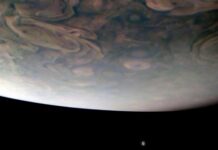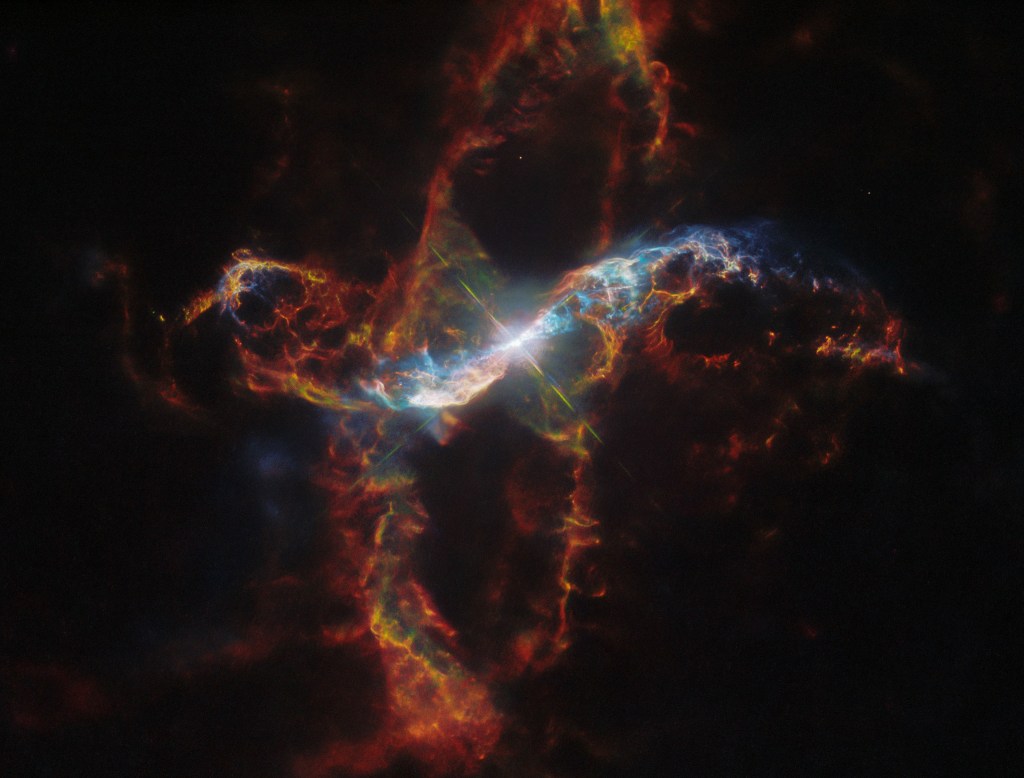Hubble Space Telescope: A Legacy of Discovery and International Collaboration
The Hubble Space Telescope stands as a beacon of innovation and discovery in the realm of astronomy, having operated for over 30 years. This remarkable instrument continues to contribute significantly to our understanding of the universe, cementing its legacy as one of the most successful scientific projects of our time. The Hubble Space Telescope is not just a feat of engineering; it is a testament to the power of international collaboration, being a joint venture between NASA and the European Space Agency (ESA).
The Institutions Behind Hubble’s Success
NASA, the United States’ leading space agency, manages the Hubble Space Telescope through its Goddard Space Flight Center located in Greenbelt, Maryland. This center is pivotal in overseeing the day-to-day operations of the telescope, ensuring that it functions optimally to deliver the stunning images and valuable data that astronomers rely on.
In addition to NASA’s management, Lockheed Martin Space, a prominent aerospace company headquartered in Denver, Colorado, plays a crucial role in supporting mission operations. Their expertise helps maintain the robust infrastructure needed for the telescope’s operations, ensuring its longevity and continued success in space exploration.
On the scientific front, the Space Telescope Science Institute (STScI), based in Baltimore, Maryland, is responsible for conducting Hubble’s science operations. The institute is operated by the Association of Universities for Research in Astronomy, emphasizing the collaborative nature of this project. STScI’s role is to process and analyze the data sent back to Earth by Hubble, facilitating groundbreaking discoveries that expand our knowledge of the cosmos.
Revolutionary Discoveries and Contributions
The Hubble Space Telescope has made numerous contributions to astronomy and our understanding of the universe. It has captured breathtaking images of distant galaxies, nebulae, and other celestial phenomena that were previously beyond the reach of human observation. These images have not only captivated the public imagination but have also provided scientists with critical insights into the formation and evolution of galaxies.
One of Hubble’s most notable contributions is its role in determining the rate of expansion of the universe. By observing distant supernovae and other cosmic objects, Hubble has helped refine our estimates of the Hubble Constant, a key parameter in cosmology that describes how fast the universe is expanding. This work has profound implications for our understanding of the universe’s history and future.
Moreover, Hubble has played a vital role in the study of exoplanets—planets that orbit stars outside our solar system. By analyzing the light from these distant worlds, Hubble has helped identify their atmospheric compositions and potential habitability, paving the way for future explorations that could uncover signs of life beyond Earth.
Technical Marvel and Ongoing Challenges
The Hubble Space Telescope’s success is a testament to the ingenuity of its design and the dedication of the teams involved in its operation. The telescope orbits Earth at an altitude of approximately 547 kilometers (about 340 miles), allowing it to capture images free from the distortions caused by Earth’s atmosphere. This vantage point provides an unobstructed view of the universe, enabling unprecedented clarity and detail in its observations.
Despite its many successes, operating a telescope in space is not without challenges. Over the years, Hubble has experienced various technical issues, including problems with its gyroscopes, which are critical for pointing the telescope accurately. However, NASA and its partners have demonstrated remarkable resourcefulness in addressing these challenges, conducting several servicing missions to repair and upgrade the telescope. These missions have ensured Hubble’s continued operation and its ability to deliver high-quality scientific data.
The Future of Space Telescopes
As Hubble continues to make groundbreaking discoveries, the future of space telescopes looks promising. NASA and ESA are already working on Hubble’s successor, the James Webb Space Telescope (JWST), which is set to launch in the near future. JWST will build upon Hubble’s legacy, offering even greater capabilities for observing the universe in infrared wavelengths. This will allow astronomers to peer further back in time to study the formation of the first galaxies and stars.
The launch of JWST marks an exciting new chapter in space exploration, as it promises to uncover more of the universe’s mysteries. However, Hubble’s contributions will remain invaluable, serving as a foundation upon which future discoveries will be built.
A Legacy That Inspires
The Hubble Space Telescope has not only advanced our scientific understanding but has also inspired countless individuals around the world. Its stunning images have brought the wonders of the universe closer to people, sparking curiosity and a desire to explore the cosmos. Hubble’s legacy is a reminder of what humanity can achieve through collaboration, dedication, and a shared passion for discovery.
In conclusion, the Hubble Space Telescope continues to be a cornerstone of modern astronomy. Its achievements over the past three decades have reshaped our understanding of the universe, and its ongoing mission promises to uncover even more about the cosmos. As we look to the future, the spirit of exploration and discovery that Hubble embodies will continue to guide us in our quest to understand the universe and our place within it.
For more Information, Refer to this article.



































